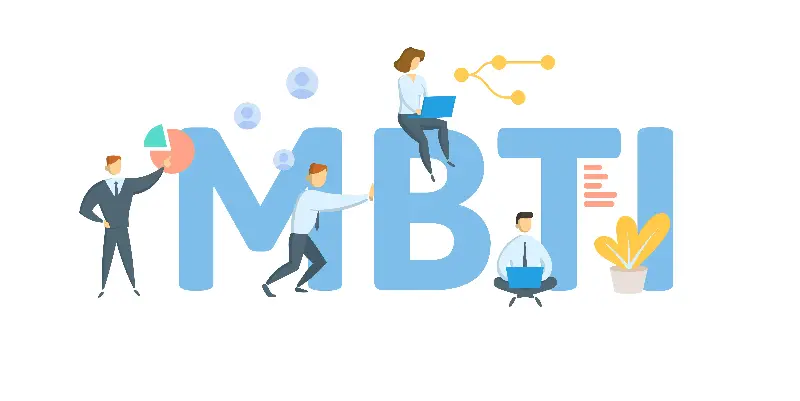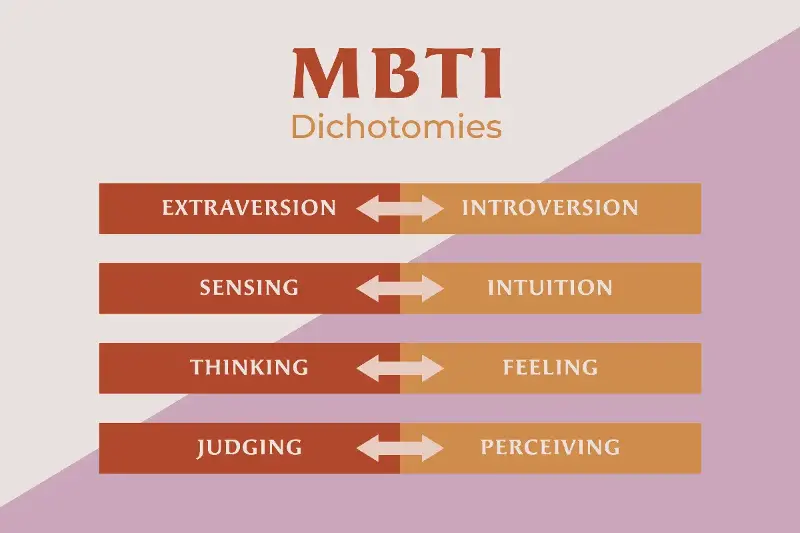 From corporate workshops to viral online quizzes, the Myers-Briggs Type Indicator (MBTI) has ricocheted across educational and professional landscapes for decades. You’ve probably seen those four-letter codes—INTJ, ENFP, ISTP—appearing everywhere from dating apps to job descriptions. But what’s behind the hype? Is it science, myth, or a little of both? Let’s take a closer look, peeling back the layers on what MBTI gets right, where it falters, and how it can still be a valuable tool when used thoughtfully.
From corporate workshops to viral online quizzes, the Myers-Briggs Type Indicator (MBTI) has ricocheted across educational and professional landscapes for decades. You’ve probably seen those four-letter codes—INTJ, ENFP, ISTP—appearing everywhere from dating apps to job descriptions. But what’s behind the hype? Is it science, myth, or a little of both? Let’s take a closer look, peeling back the layers on what MBTI gets right, where it falters, and how it can still be a valuable tool when used thoughtfully.
Unpacking MBTI’s Enduring Appeal
The MBTI was dreamed up in the middle of the 20th century by Katharine Cook Briggs and her daughter Isabel Briggs Myers. Drawing inspiration from Carl Jung, their aim was nothing less than mapping the kaleidoscope of human personality. MBTI sorts people into 16 distinct personality types based on four core dichotomies:
- Extraversion (E) vs Introversion (I)
- Sensing (S) vs Intuition (N)
- Thinking (T) vs Feeling (F)
- Judging (J) vs Perceiving (P)
What makes MBTI so popular? For starters, it offers an accessible, non-judgemental language for self-reflection. It’s a framework that can make people feel seen, heard, and understood at a basic level. In classrooms and boardrooms alike, MBTI invites self-discovery—and a fresh appreciation for our differences.

Strengths and Surprises: Where MBTI Shines
While critics take aim at MBTI’s scientific basis, it’s still widely used for good reason. Here’s what it gets right:
- A Gateway to Self-Awareness: MBTI encourages individuals to explore how they gather information, make decisions, and interact with the world.
- Team-Building Catalyst: When approached with humility, MBTI reveals diverse working styles, helping foster empathy and collaboration in groups.
- Starting Point for Growth: The clarity of MBTI’s categories can help people identify potential growth areas and communicate preferences more confidently.
Put simply, MBTI is less about boxing people in, and more about inviting curiosity—about ourselves and each other.
Cautionary Tales: The Risks of Rigid Typing
But MBTI’s charm can become a trap when it’s mistaken for destiny. Relying too heavily on those four letters can risk:
- Labelling and Stereotypes: Viewing your type as a prophecy can box you in—or lead to dangerous assumptions about others.
- Overconfidence in Pseudoscience: While MBTI offers insight, it’s not the product of rigorous psychology. Scientific studies routinely question its reliability and validity.
- Blind Spots: Real people are nuanced, flexible, and unpredictable. MBTI types do not account for the full richness of human experience.
Consider MBTI as a mirror—useful for reflection, but not the full picture.
Using MBTI Wisely in Education and Beyond
So, how can you harness MBTI’s strengths without falling for its pitfalls? Here are some tips to get you started:
- Be Curious, Not Dogmatic: Approach MBTI results as one possible lens, not a rigid identity.
- Encourage Growth: Use your type to identify blind spots and stretch into new behaviours, rather than claiming “I can’t change.”
- Foster Dialogue: Remember, MBTI can deepen conversations with colleagues and friends—if you treat it as a starting point, not an endpoint.
For educators, MBTI may open up healthy discussions about teaching, learning styles, and peer dynamics. In the workplace, it can kickstart respectful collaboration—but only if everyone remembers that personality is never the whole story.
What would happen if we leaned into MBTI’s greatest promise—not as an answer key to life, but as an invitation to learn, embrace difference, and keep evolving? The four-letter code, after all, is only the beginning of a much richer, ongoing conversation about who we are, and who we might become.
